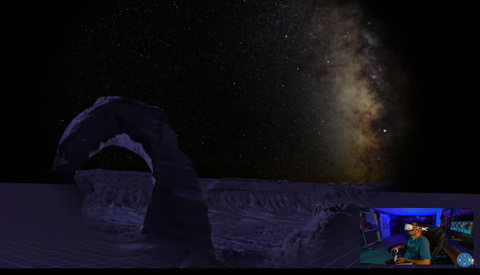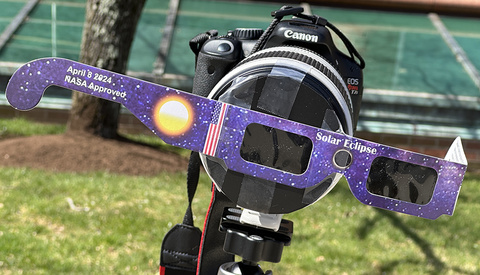How to Stack Tracked Star Shots With a Foreground
One of the fundamental issues in astrophotography is the general lack of light. To combat this, many serious astrophotographers turn toward equatorial mounts to allow them to get more light, but this can create difficulties if you have a foreground subject as well. This helpful tutorial will show you how to composite a foreground shot with a tracked night sky shot.












































